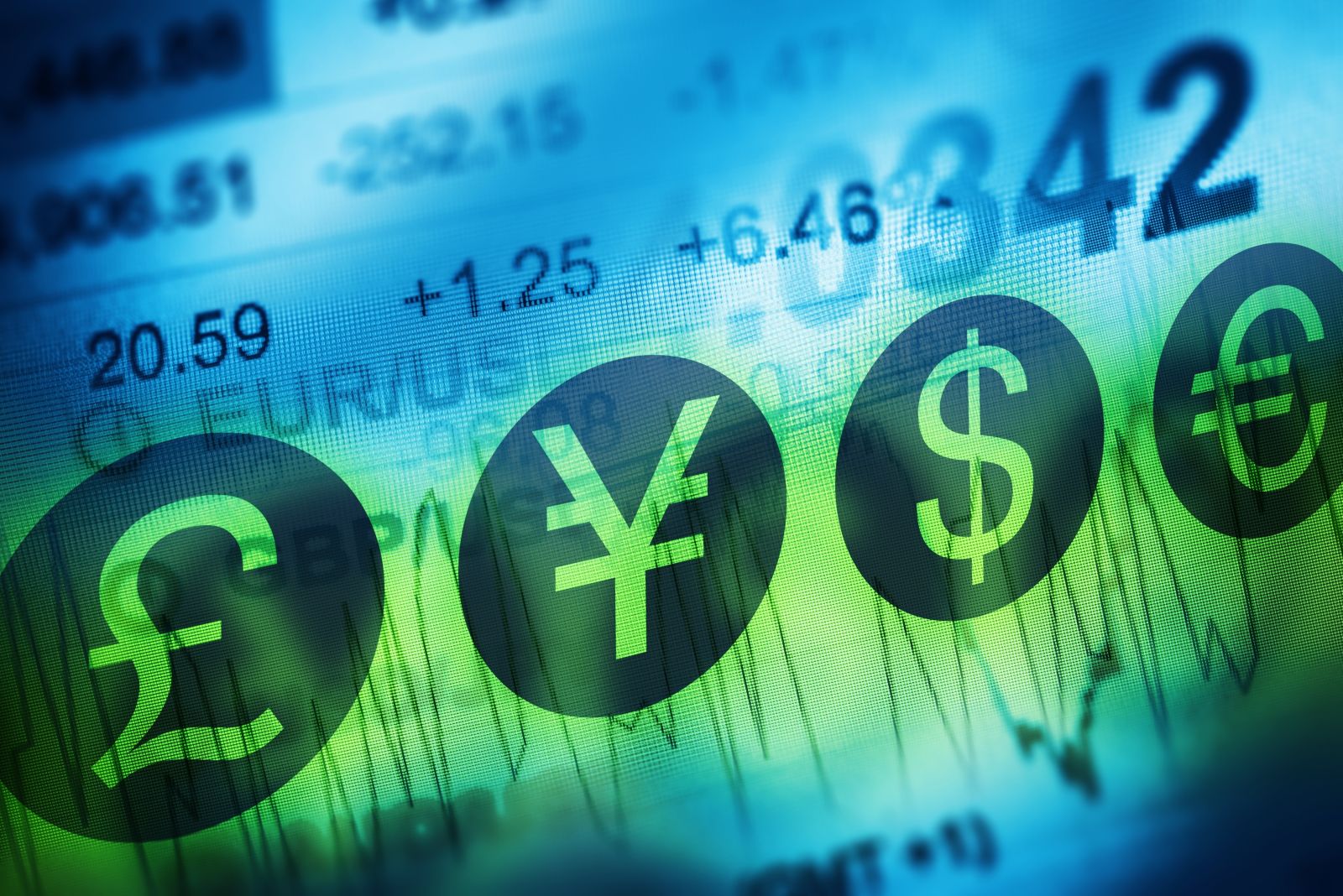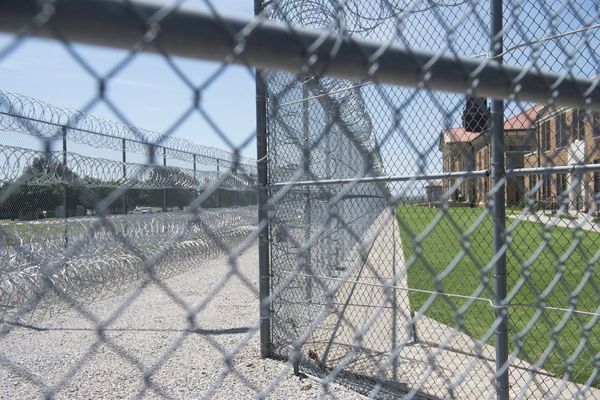
The dollar index (DXY00) on Wednesday fell by -0.18%. The dollar gave up an early advance Wednesday and fell to a 2-week low. Improved prospects for an EU trade agreement with the US boosted the euro and undercut the dollar. The dollar also fell after US existing home sales fell more than expected to a 9-month low.
The dollar initially moved higher on Wednesday on reduced global trade tensions following the US’s agreement to a trade deal with Japan. Also, stronger T-note yields on Wednesday improved the dollar’s interest rate differentials.
US June existing home sales fell -2.7% m/m to a 9-month low of 3.93 million, weaker than expectations of -0.7% to 4.00 million.
Federal funds futures prices are discounting the chances for a -25 bp rate cut at 4% at the July 29-30 FOMC meeting and 58% at the following meeting on September 16-17.
EUR/USD (^EURUSD) Wednesday rose by +0.13%. The euro recovered from early losses Wednesday and climbed to a 2-week high on a report that said EU negotiators were close to a trade deal with the US. Also, the larger-than-expected increase in the Eurozone Jul consumer confidence index to a 4-month high was bullish for the euro. In addition, expectations for the ECB to keep interest rates unchanged at Thursday’s policy meeting are supportive for the euro.
The Eurozone Jul consumer confidence index rose +0.6 to a 4-month high of -14.7, stronger than expectations of +0.3 to -15.0.
Diplomats briefed on the situation said the European Union (EU) and the US are progressing toward an agreement that would set a 15% tariff for most imports, lower than the 30% rate President Trump had threatened on EU goods if no trade agreement is reached by August 1.
Swaps are pricing in a 1% chance of a -25 bp rate cut by the ECB at Thursday’s policy meeting.
USD/JPY (^USDJPY) Wednesday fell by -0.04%. The yen rose to a 1.5-week high against the dollar Wednesday after the US and Japan reached a trade agreement. The yen also garnered support today on hawkish comments from BOJ Deputy Governor Uchida, which pushed the 10-year JGB bond yield up to a 16-year high of 1.616%. This was prompted by his statement that the trade deal between the US and Japan brings the BOJ closer to raising interest rates. Limiting gains in the yen on Wednesday were higher T-note yields.
The upside in the yen in the near term may be limited due to concerns that the LDP’s loss of its majority in Japan’s upper house in Sunday’s elections may lead to fiscal deterioration in Japan’s government finances, as the government boosts spending and implements tax cuts.
BOJ Deputy Governor Uchida said, “Uncertainty has receded” after a trade deal was made with Japan and the US, which will push the BOJ closer to a rate hike by boosting the prospects for suitable economic conditions.
President Trump announced a trade deal with Japan late Tuesday, which will impose 15% tariffs on US imports from Japan, lower than the previously flagged 25% rate set to take effect on August 1. The deal also creates a $550 billion fund for Japan to make investments in the US. Japan also agreed to purchase 100 Boeing aircraft, increase its purchases of US rice by 75%, and buy $8 billion in other agricultural products, while raising its defense spending with American firms to $17 billion annually, from $14 billion.
August gold (GCQ25) Wednesday closed down -46.1 (-1.34%), and September silver (SIU25) closed down -0.052 (-0.13%). Precious metals on Wednesday gave up an early advance and retreated as easing global trade tensions curbed safe-haven demand for the metals. Trade tensions eased after the US and Japan agreed to a trade deal, and after diplomats briefed on the situation stated that the European Union (EU) and the US are progressing toward an agreement that would impose a 15% tariff on most imports. Wednesday’s rally in the S&P 500 to a new record high also sparked long liquidation in precious metals.
Higher global bond yields on Wednesday also undercut the prices of precious metals. In addition, hawkish comments from BOJ Deputy Governor Uchida weighed on precious metals when he said the trade deal between Japan and the US pushes the BOJ closer to a rate hike. Silver prices also slipped after US existing home sales fell more than expected to a 9-month low, a negative factor for industrial metals demand.
Gold prices on Wednesday initially climbed to a 5-week high, and Sep silver posted a contract high while nearest-futures (N25) silver posted a 14-year high. Weakness in the dollar on Wednesday was supportive for metals prices, as the dollar index fell to a 2-week low. Precious metals continue to receive safe-haven support from geopolitical risks, including the conflicts in Ukraine and the Middle East. Fund buying of precious metals continues to support prices after gold holdings in ETFs rose to a two-year high on Tuesday, and silver holdings in ETFs reached a three-year high on the same day.
On the date of publication, Rich Asplund did not have (either directly or indirectly) positions in any of the securities mentioned in this article. All information and data in this article is solely for informational purposes. For more information please view the Barchart Disclosure Policy here.






